THE GENUS SARCOCAULON " BUSHMAN' S CANDELS "
Sarcocaulon, more recently called Monsonia.
Include a shrubby, semi-succulent or even woody habit, and a thick, waxy bark which, in some species, endures in skeletal form long after the plant has died. It is inflammable
and has earned these plants their common name of " Bushman' s candels " .
Members of the genus Sarcocaulon are spiny, fleshy shrublets with delicate white, yellow, salmon - pink or pink
petals ( flowers) . 15 species of Sarcocaulon supremely adapted to conditions of drought. The geographical range
of Bushman Candels extends over the more arid parts of the west and south of Southern Africa. Sarcocaulon
is a genus of the family Geraniaceae, succulent, spiny shrublets with short stems, branching just above soil level.
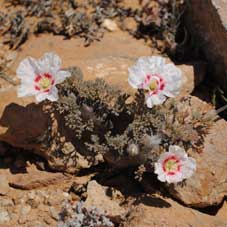
sarcocaulon multifidum
The average annual rainfall at places where they are found seldon exceeds 250 mm. These plants invariably
grow in full sun, often exposed to severe winds. Some species prefer sandy flats, while others grow
best in rocky places, but good drainage is the most important environmental factor where
they are found. They are extreme xerophytic and intolerant of prolonged wet conditions.
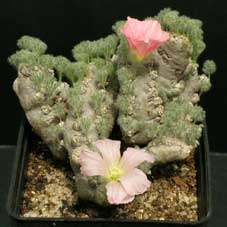
sarcocaulon peniculinum
Sarcocaulon peniculinum is the most notable species among the Bushman Candels.
The flowers range in color from pure white magenta but a lovely, vivid,
salmon -red colouration is prevalent.
In habitat they grow on very steep slopes south or south- east facing,
generally oriented east and cut by numerous steep- sided torrent beds.
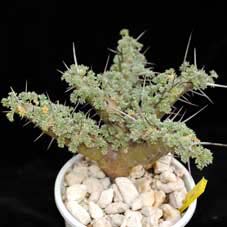
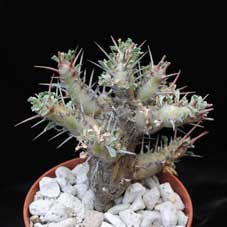
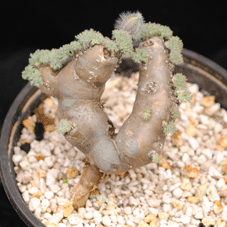
sarcocaulon herrei
sarcocaulon crassicaule
sarcocaulon multifidum
Bushman Candle species are best cultivated in a well- drained gravelly or sandy mixture
consisting of a third coarse sand or fine gravel, a third ordinary soil and a third silt. They are always grow best in positions wich
receivelong periods of strong sunlight. They should be watered about once every 6 to 10 days during the period when they
are in active groth and producing leaves. As soon as the foliage starts to show signs of yellowing or witheing, water should be withheld.
It is very that there is plenty of free air circulation around cultivated plants and also that they are not overwatered.
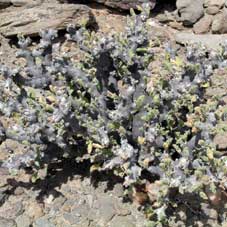
sarcocaulon inermis
Sarcocaulon inermis is also one of the most interesting species of the genus. It forms low shrubs, reaching
some 30 cm in height and 40 cm in diameter. They hard, thick bark is grey, and the petals flower are usually a clear rose pink.
They grow mostly on the valley floor where the ground is more water retentive after rainfall than the surronding hills.
Plants come into leaf within a few days after any significant shower of rain. The rain average in the area is about 50 mm per
annum, fall mainly in the cool, wintermonths, although thunderstorms do occur locally during the sumer.
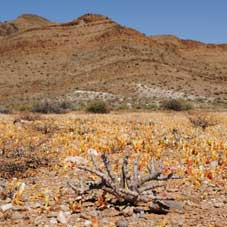
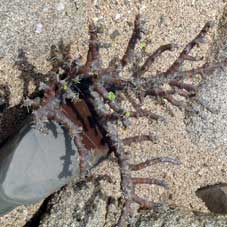
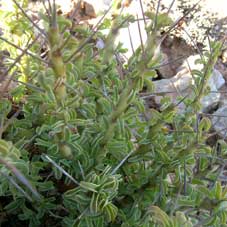
sarcocaulon inermis
sarcocaulon salmoniflora
sarcocaulon spinosa
All sarcocaulon species are readily grown from seeds. Large deep trays or plastic pots are the best for sowing to accommodate the extensive root developemen that
takes place in the case of most species. The most dangerous period for seedling plants from strictly winter rainfall regions is in summer. they
need to be kept dry whilst dormant but at the same time their trunk do not always withstand continual drought.
The best results with cultivated plants are nearly alwaysfrom those thar have been grown from seed. The seedlings
adapt to the climate where they are grown and develop a vigorous root system.